Aralia Black – Plant
₹440.00 Original price was: ₹440.00.₹380.00Current price is: ₹380.00.
(MRP Inclusive of all taxes)
- Shipping Rs 100 for entire order
- Dispatch in 8-10 days
- Country of origin: India
Description for Aralia Black
Aralia Black have beautifully textured foliage, with deeply serrated leaflets and dimpled petioles and stems. The juvenile plants tend to have more textured foliage, while the adult leaves are more deeply lobed. As far as their performance goes, they are tolerably easy to grow. They need at least moderate humidity to do their best and prefer a narrow range of moisture.
Planting and care
Aralia plants can propagate by stem cuttings. Propagating aralia plants is more successful when temperatures are above 21 degrees C. Take softwood, or green-tip, cuttings from an aralia plant in the summer, using the top 10 inches of the plant. Strip the majority of the leaves from the bottom of the stems, then place them upright into a pot of moist, sandy soil.
The stems will begin to root after a few days. When the plant gets larger, transfer it to a new pot or your garden.
Caring for Aralia Black
- Adequate watering is of course, essential, but over-watering is above all the greatest cause of the demise of virtually all Aralias.
- It is generally thought that plants will thrive when kept on the dry side.
- False aralia does not like to be moved. A sudden change in location causes the leaves to drop off.
- Trimming the tips of an Aralia Plant helps promote new growth.
- Handpick as many of the mealybugs from the plant as possible.
- Treat the areas near the base of the leaves with a cotton swab dipped in alcohol every five days, especially where you see the cottony masses of insects.
- Insecticidal soap is helpful when mealybugs are in the crawling stage before they attach to the foliage and assume their cottony appearance.
Typical uses of Aralia Black
Special features: Aralias are prone to infestation by various insects, so inspect them regularly for signs of bugs.
Ornamental use: Used as a pot plant for indoor and outdoor decoration.
Be the first to review “Aralia Black – Plant” Cancel reply
Related products
Air Purifying Plants
Indoor Creepers & Ferns
Indoor Creepers & Ferns
Indoor Creepers & Ferns
Indoor Plants
Indoor Foliage Plant
Indoor Foliage Plant
Indoor Foliage Plant


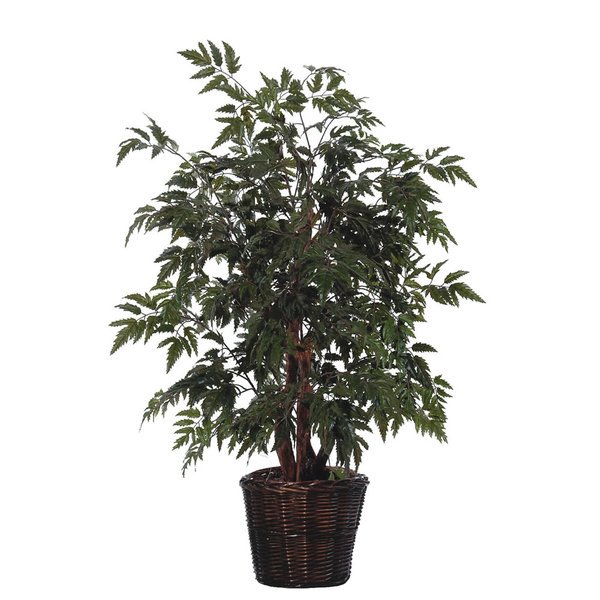
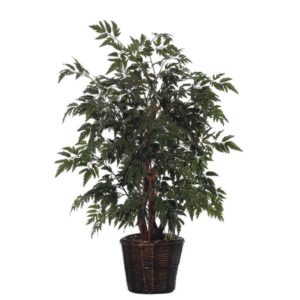
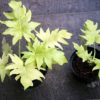
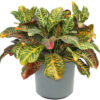
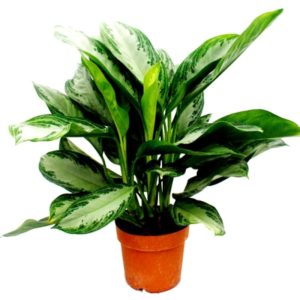

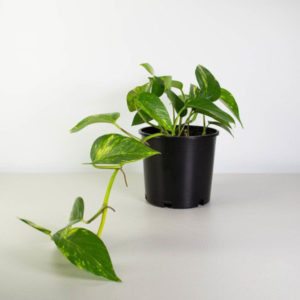
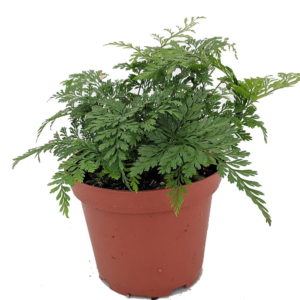
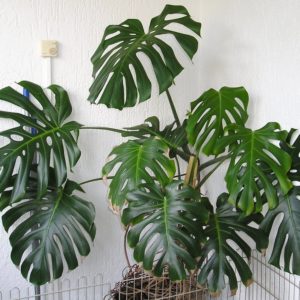
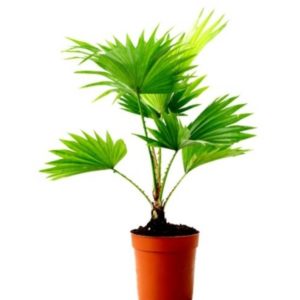
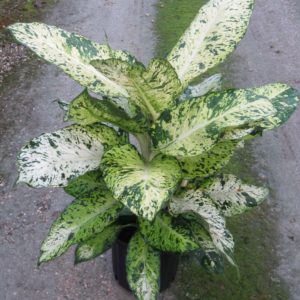
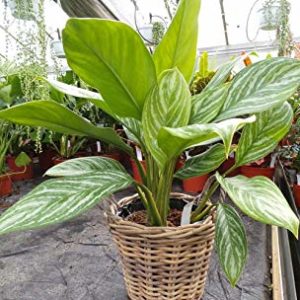
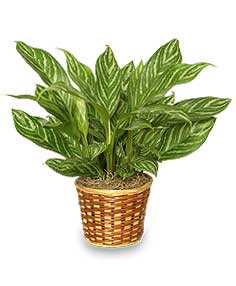
Reviews
There are no reviews yet.